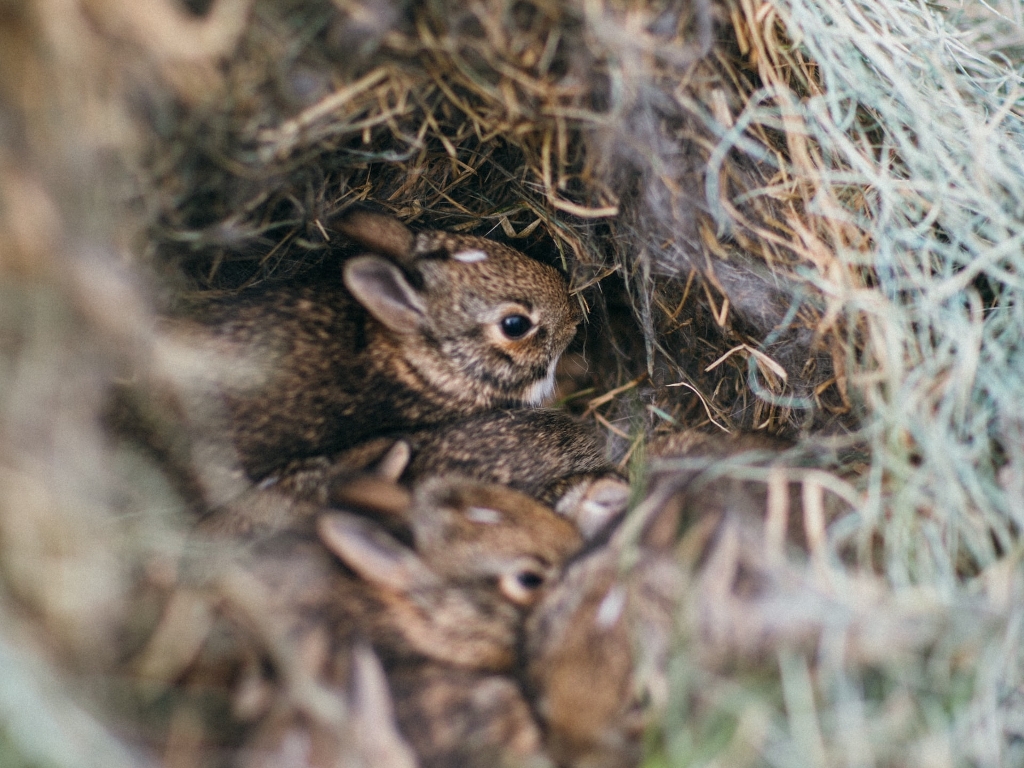
Caring for Baby Rabbits from the Wild: A Comprehensive Guide
Introduction
Baby rabbits, also known as kittens or kits, are incredibly vulnerable creatures that require specialized care to thrive. If you encounter a baby rabbit in the wild, it is crucial to approach the situation with caution and compassion. This article will provide a comprehensive guide on how to care for baby rabbits from the wild, ensuring their well-being and maximizing their chances of survival.
Assessing the Situation
- Observe the Rabbit: Before handling the rabbit, observe it from a distance. Note its behavior, appearance, and surroundings. If the rabbit is injured, has visible wounds, or is unresponsive, seek professional veterinary assistance immediately.
- Check for the Nest: Baby rabbits typically stay in a nest with their mother. If possible, locate the nest and observe it from afar. If the nest is intact and the mother is present, it is best to leave the kittens alone.
- Determine the Age: Estimating the age of a baby rabbit is essential for providing appropriate care. Observe the rabbit’s size, fur, and development. Newborn rabbits are pink and hairless, while older kittens will have fur and open eyes.
Handling the Rabbit
- Wear Gloves: Always wear gloves when handling baby rabbits to prevent the transmission of diseases.
- Support the Body: Gently cradle the rabbit in your hands, supporting its body and head. Avoid holding it by the ears or legs.
- Keep Warm: Baby rabbits are susceptible to hypothermia. Wrap the rabbit in a soft towel or blanket to keep it warm.
Feeding
- Formula: Baby rabbits require a specialized formula specifically designed for their nutritional needs. Do not feed them cow’s milk or other substitutes.
- Feeding Schedule: Feed the rabbit every 2-3 hours, around the clock. As the rabbit grows, gradually reduce the frequency of feedings.
- Feeding Method: Use a syringe or dropper to gently feed the formula to the rabbit. Do not force the rabbit to eat.
Housing
- Enclosure: Provide a safe and comfortable enclosure for the rabbit. A small cardboard box or plastic container with soft bedding is suitable.
- Temperature: Baby rabbits require a warm environment. Place a heating pad under half of the enclosure, covered with a towel to prevent burns.
- Cleanliness: Keep the enclosure clean by regularly changing the bedding and removing any waste.
Health Care
- Veterinary Check-up: Once the rabbit is stable, schedule a veterinary check-up to assess its health and rule out any underlying conditions.
- Vaccinations: Baby rabbits should receive vaccinations against common diseases such as myxomatosis and viral hemorrhagic disease.
- Parasite Control: Check the rabbit for parasites and treat them as necessary.
Socialization
- Handle Regularly: Handle the rabbit gently and frequently to socialize it. This will help it become accustomed to human interaction.
- Playtime: Provide the rabbit with toys and opportunities for playtime to stimulate its development.
- Companionship: If possible, introduce the rabbit to other rabbits for companionship and socialization.
Releasing the Rabbit
- Age and Health: The rabbit should be at least 8-10 weeks old and in good health before being released.
- Location: Choose a release site that is safe and has an abundance of food and shelter.
- Soft Release: Gradually introduce the rabbit to the wild by placing it in a protected enclosure for a few days before fully releasing it.
Conclusion
Caring for baby rabbits from the wild requires patience, dedication, and specialized knowledge. By following the guidelines outlined in this article, you can provide the necessary care to ensure the well-being and survival of these vulnerable creatures. Remember to prioritize the rabbit’s needs, seek professional assistance when necessary, and approach the situation with compassion and respect for the natural world.
